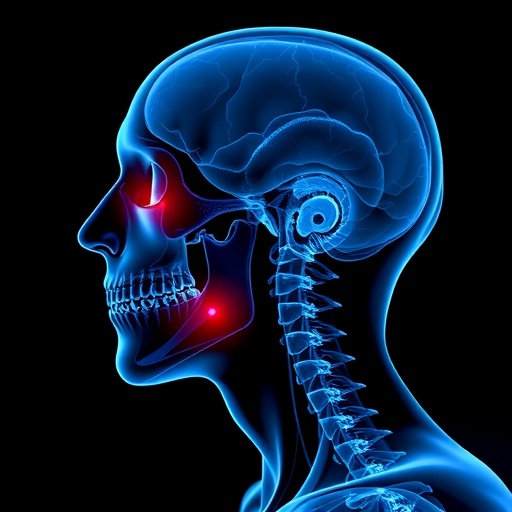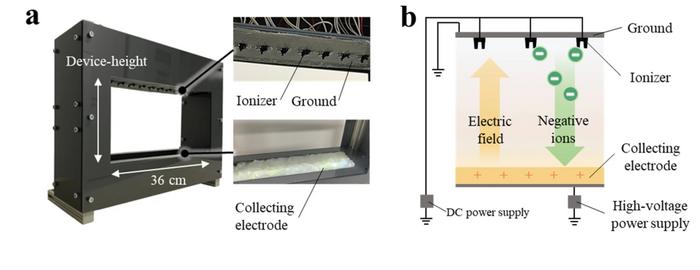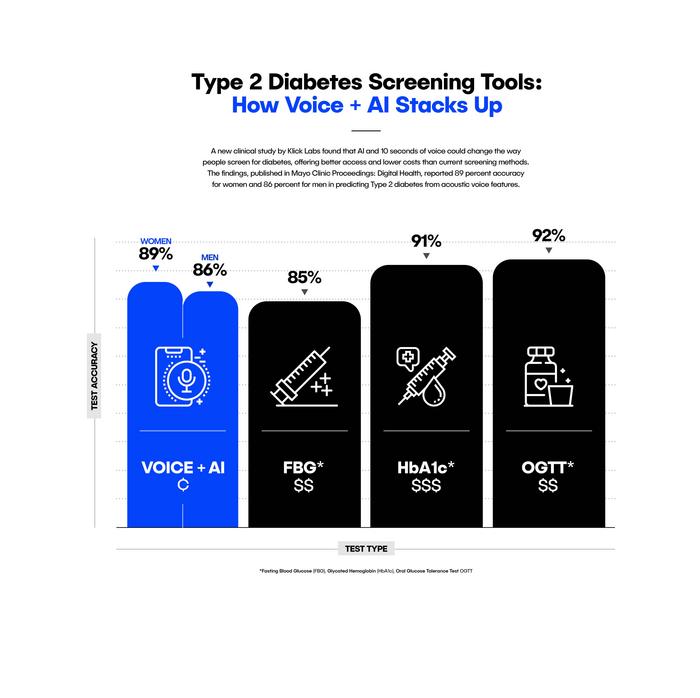
In a groundbreaking advancement at the crossroads of artificial intelligence and clinical otolaryngology, researchers have unveiled an innovative platform that automatically assesses the severity of unilateral vocal cord paralysis (UVCP) using state-of-the-art deep learning techniques. This pioneering research leverages Mel-spectrograms—a sophisticated audio representation technique—paired with convolutional neural networks (CNN) to dissect subtle vocal characteristics, offering a precise, non-invasive diagnostic tool. Such innovation marks a significant leap toward personalized medicine, enabling clinicians to tailor treatment strategies with exceptional accuracy.
Vocal cord paralysis, particularly when unilateral, presents a complex clinical challenge that severely impacts patients’ voice quality, respiratory function, and overall well-being. Traditionally, assessment and grading of UVCP severity rely heavily on subjective laryngoscopic examinations and clinician expertise, often leading to variability and diagnostic delays. The study introduces TripleConvNet, a purpose-built CNN architecture designed to objectively classify UVCP severity from voice recordings, thus minimizing human bias and accelerating diagnostic workflows.
At the heart of this research lies advanced signal processing, where voice samples transform into Mel-spectrograms. These spectrograms encapsulate the intricate frequency patterns of vocal signals across time, approximating human auditory perception more reliably than standard spectral methods. The researchers further enhance input data by incorporating the first and second-order differentials of Mel-spectrograms, capturing dynamic vocal variations and temporal patterns essential for distinguishing subtle gradations in vocal fold impairment.
.adsslot_eY0zKat2xN{width:728px !important;height:90px !important;}
@media(max-width:1199px){ .adsslot_eY0zKat2xN{width:468px !important;height:60px !important;}
}
@media(max-width:767px){ .adsslot_eY0zKat2xN{width:320px !important;height:50px !important;}
}
ADVERTISEMENT
The study’s dataset is notably robust, encompassing voice samples from a total of 423 subjects, including 131 healthy controls and 292 confirmed UVCP patients. These patients were meticulously stratified based on the vocal fold’s compensatory dynamics into three distinct groups: decompensated, partially compensated, and fully compensated. This stratification is clinically significant, as vocal fold compensation reflects the degree to which the unaffected vocal cord adjusts to preserve voice function, influencing symptom severity and treatment approaches.
TripleConvNet’s architecture uniquely harnesses multiple convolutional layers to extract hierarchical audio features, enabling the model to learn complex representations of voice impairments associated with UVCP severity. This multilayered approach surpasses traditional machine learning classifiers that often rely on handcrafted features, positioning deep learning as a transformative tool in otolaryngology diagnostics.
Quantitatively, the TripleConvNet model achieved a compelling classification accuracy of 74.3%. It effectively differentiated healthy individuals from each UVCP severity category, marking a substantial improvement over previous AI applications that struggled to handle the nuanced vocal variations inherent in UVCP patients. Such performance holds promise for real-world clinical deployment, where early and accurate severity assessment can profoundly impact patient outcomes.
Beyond diagnostic precision, this AI-powered platform proposes a paradigm shift in patient monitoring. Longitudinal voice recordings could enable continuous, remote assessments of disease progression or therapeutic response without repeated invasive examinations. Such capabilities could lower healthcare burdens and enhance patient quality of life, particularly for populations with limited access to specialized care.
The underlying methodology underscores the synergy between biomedical engineering and clinical expertise. By integrating audiological signal processing with tailored neural network design, the research team addressed key challenges, including data heterogeneity and the complex manifestation of vocal fold pathology. This interdisciplinary approach sets a new benchmark for automatic voice disorder assessment and expands the application horizon of deep learning in medicine.
While the current model demonstrates significant efficacy, the researchers acknowledge challenges and future directions. Enhancements such as incorporating additional acoustic features, expanding training datasets across diverse demographics, and real-time deployment optimizations are avenues for further exploration. Additionally, integrating the platform into standard clinical workflows requires robust validation and regulatory approvals.
The study also highlights the potential ethical and practical considerations of AI in healthcare. Transparency in model decision-making, data privacy, and ensuring equitable diagnostic accuracy across populations remain paramount. Addressing these factors will be key to fostering trust and broad adoption of AI-driven diagnostic tools in otolaryngology.
In conclusion, this research heralds a transformative step in managing unilateral vocal cord paralysis. By harnessing Mel-spectrogram analysis and advanced CNN architectures, clinicians gain access to an objective, scalable, and clinically actionable tool for assessing UVCP severity. This innovation promises not only to streamline diagnosis but also to unlock personalized therapeutic interventions, ultimately improving patient care and voice health worldwide.
Such strides remind us that the fusion of artificial intelligence with clinical sciences can revolutionize diagnostic paradigms, paving the way for more precise, accessible, and patient-centered healthcare solutions. As AI technologies continue to evolve, their integration into diverse medical specialties will likely become indispensable, shaping the future of medicine.
Subject of Research: Automatic severity assessment of unilateral vocal cord paralysis through voice analysis using Mel-spectrograms and convolutional neural networks.
Article Title: Research on automatic assessment of the severity of unilateral vocal cord paralysis based on Mel-spectrogram and convolutional neural networks.
Article References:
Ma, S., Liao, W., Zhang, Y. et al. Research on automatic assessment of the severity of unilateral vocal cord paralysis based on Mel-spectrogram and convolutional neural networks. BioMed Eng OnLine 24, 76 (2025).
Image Credits: AI Generated
DOI:
Tags: accelerating diagnostic workflows in otolaryngologyadvanced signal processing techniquesAI vocal cord paralysis diagnosisconvolutional neural networks for voice analysisdeep learning in otolaryngologyinnovative diagnostic tools in healthcareMel-spectrograms in medical diagnosticsminimizing bias in medical diagnosticsobjective classification of vocal cord paralysispersonalized medicine in vocal healthunilateral vocal cord paralysis assessmentvoice quality and respiratory function











No Comments
Leave a comment Cancel